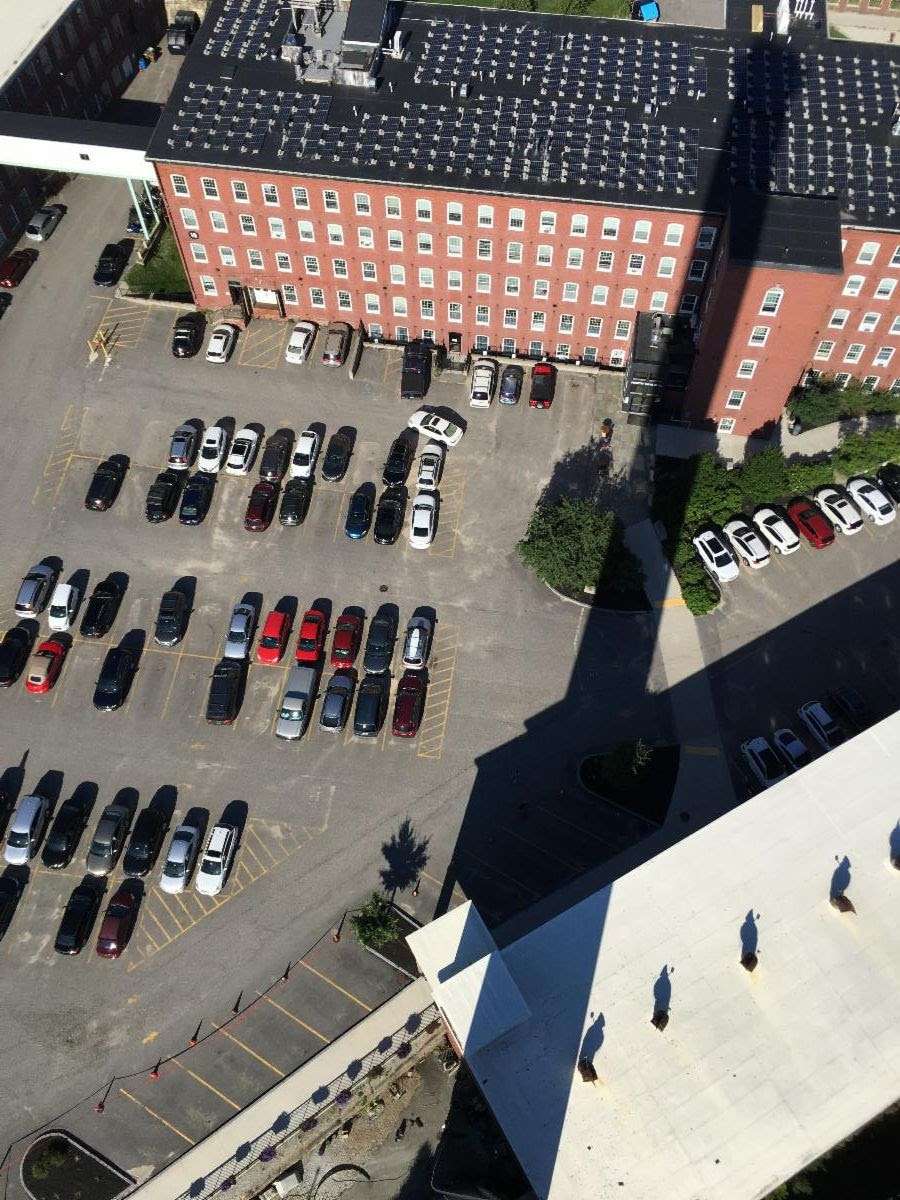
Processing Your Payment
Please do not leave this page until complete. This can take a few moments.
- News
-
Editions
-
- Lists
-
Viewpoints
-
Our Events
-
Event Info
- Business Leaders of the Year Reception 2025
- Women's Leadership Forum 2025
- On the Road with Mainebiz in Bethel
- Health Care Forum 2025
- On The Road with Mainebiz in Greenville
- On The Road with Mainebiz in Waterville
- Small Business Forum 2025
- Outstanding Women in Business Reception 2025
- On The Road with Mainebiz in Bath
- 60 Ideas in 60 Minutes Portland 2025
- 40 Under 40 Awards Reception 2025
- On The Road with Mainebiz in Lewiston / Auburn
- 60 Ideas in 60 Minutes Bangor 2025
Award Honorees
- 2025 Business Leaders of the Year
- 2024 Women to Watch Honorees
- 2024 Business Leaders of the Year
- 2023 NextUp: 40 Under 40 Honorees
- 2023 Women to Watch Honorees
- 2023 Business Leaders of the Year
- 2022 NextUp: 40 Under 40 Honorees
- 2022 Women to Watch Honorees
- 2022 Business Leaders of the Year
-
-
Calendar
-
Biz Marketplace
- News
- Editions
- Lists
- Viewpoints
-
Our Events
Event Info
- View all Events
- Business Leaders of the Year Reception 2025
- Women's Leadership Forum 2025
- On the Road with Mainebiz in Bethel
- Health Care Forum 2025
- On The Road with Mainebiz in Greenville
- + More
- On The Road with Mainebiz in Waterville
- Small Business Forum 2025
- Outstanding Women in Business Reception 2025
- On The Road with Mainebiz in Bath
- 60 Ideas in 60 Minutes Portland 2025
- 40 Under 40 Awards Reception 2025
- On The Road with Mainebiz in Lewiston / Auburn
- 60 Ideas in 60 Minutes Bangor 2025
- - Less
Award Honorees
- 2025 Business Leaders of the Year
- 2024 Women to Watch Honorees
- 2024 Business Leaders of the Year
- 2023 NextUp: 40 Under 40 Honorees
- 2023 Women to Watch Honorees
- 2023 Business Leaders of the Year
- + More
- 2022 NextUp: 40 Under 40 Honorees
- 2022 Women to Watch Honorees
- 2022 Business Leaders of the Year
- Nomination Forms
- Calendar
- Biz Marketplace
Biddeford's Pepperell Mill campus restores historic chimney stack
 Courtesy / Pepperell Mill Campus
A worker from International Chimney Corp. installs a steel beam to stabilize the top of the historic chimney stack at the Pepperell Mill campus in Biddeford.
Courtesy / Pepperell Mill Campus
A worker from International Chimney Corp. installs a steel beam to stabilize the top of the historic chimney stack at the Pepperell Mill campus in Biddeford.
An industrial chimney more than a century old on the Pepperell Mill campus in Biddeford has undergone extensive repairs to restore the stack as a landmark for years to come.
The 250-foot-high brick smoke stack, dating to 1916 and a familiar sight in the city’s downtown skyline, is part of the campus’s Building 37, a former steam plant that was part of the 17-acre mill complex, according to a news release.
Building 37 is situated on the banks of the Saco River. The stack is obsolete, but preserving its history and the history of the property has been a state goal of the mill’s developer, Doug Sanford.
Last November, International Chimney Corp. of Buffalo, N.Y., was contracted to field weld and replace a steel band near the top of the stack; the band had partially detached over time from exposure to the elements. International surveyed the entire chimney and produced a report of existing conditions and recommendations for future repairs. In March, International was contracted to complete the recommended repairs, an investment of approximately $115,000.

Over the next eight weeks, the contractors used ladders to set up staging, rigging and safety equipment to access points from the bottom to the top and in between. Workers pointed all loose and open mortar joints within the outer shell of the chimney. Brickwork was repaired throughout, two new ground rods were installed, and downleads were extended to grade level.
They replaced the top three, badly degraded, steel bands with new steel welded bands. And finally, they removed the deteriorated concrete cap from the top of the outer shell and formed and poured a new cap to replace it equipped with a new steel vented cover to prevent moisture.
Building 37, known as the steam plant or boiler house, was built in 1916. The plant created steam to power machinery throughout the mill, make electricity and provide heat. The steam was used throughout the Biddeford & Saco Mill Districts and also powered some homes and buildings on the downtown grid.
The steam plant drew water from the Saco River and heated it with a large coal boiler. In 1936, the plant was switched over to an oil-fired boiler to replace the antiquated and dirty coal boiler. Decades later it was switched over to natural gas, which was more cost-effective. The steam plant was shut down in 2009 when WestPoint Stevens closed.
The 360,000-square-foot Biddeford textile mill was a functioning textile mill until 2001.

Structurally sound, features include rows of large windows overlooking the Saco River; original wood beams and floors; an open floor plan and a location near both an Amtrak station and I-95. It’s currently home to 150 residential units and 130 commercial units.
The 360,000-square-foot property that was formerly Biddeford Textile was the first portion of the property acquired by current ownership in 2004. The larger portion of the property, formerly Westpoint Stevens and including building 37, was acquired in 2010 and was operational as a textile mill until 2009. The total interior square footage of the properties combined is 1.1 million square feet.









0 Comments